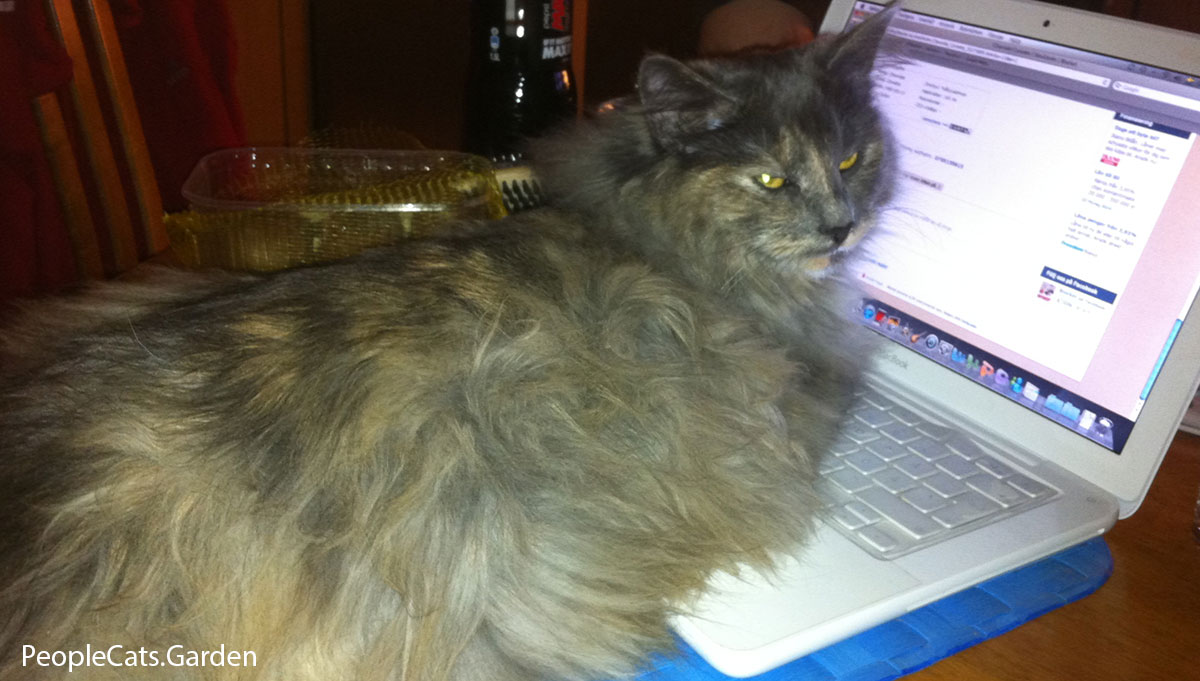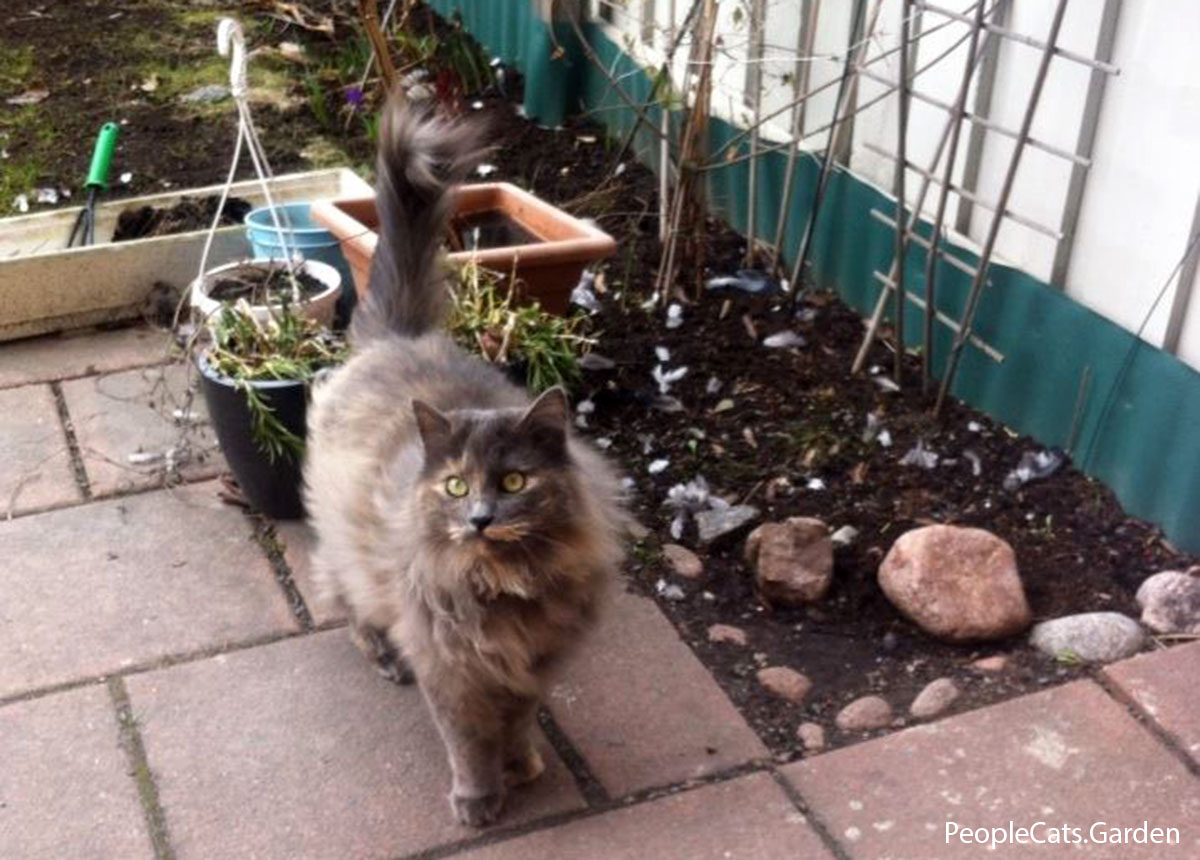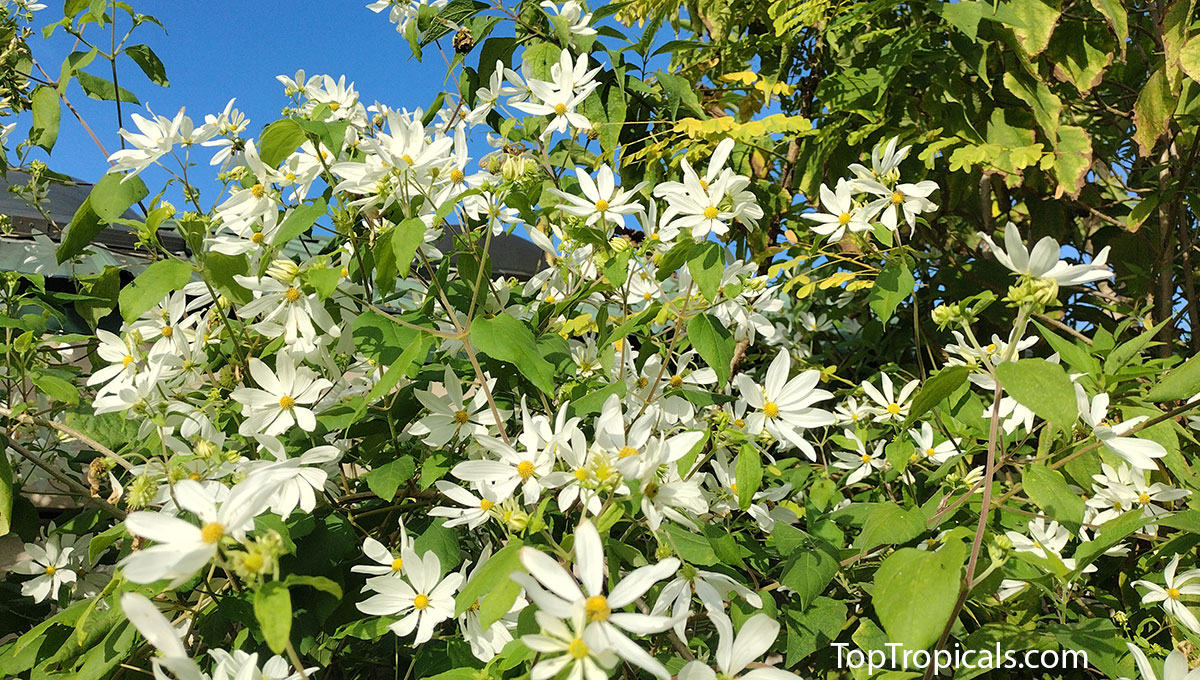The Norwegian Forest Cat - Skogkatt
PeopleCats.Garden > Cat Breeds > Norwegian Forest Cat - Skogkatt
By Alex Butova, the Witch of Herbs and Cats
In the photos: Lisa the Cat, see her story - Winter Adventure of Lisa the Cat.
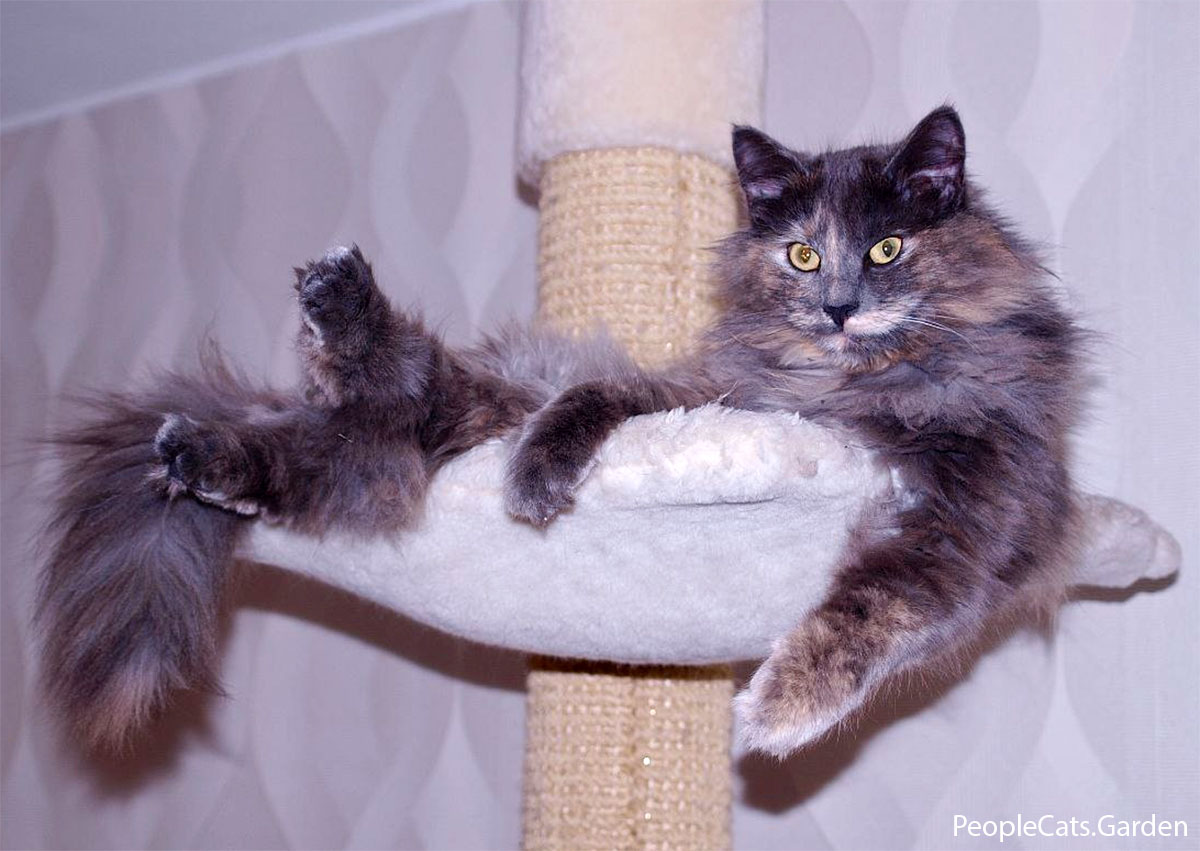
Meet the cats around us - they're our friends, protectors, and magical mascots. They keep us healthy and can even save us in emergencies.
Winter brings a special time called the Solstice. It's when the earth pauses its yearly cycle and starts a new one. This magical moment marks the beginning of something enchanting.
Let's begin with the Norwegian Forest Cat. It's a mysterious and northern feline friend, also called Skogkatt. It's like the wildcats in Scandinavian fairy tales.
What is the Skogkatt?
Skogkatts are big cats that have been with humans for 1,000-2,000 years. We're not sure exactly where they come from, but they might have started with black and white British Shorthair cats from Vikings and longhaired cats from Crusaders. The Skogkatt's ancestors could have been on Viking ships catching mice, mixing with farm and wild cats to become what they are today. In 1938, Norway's King Olav V said these furry cats are a national treasure and even made them the country's official cat. In Scandinavia, people call them "skogkatt," which means "forest cat."
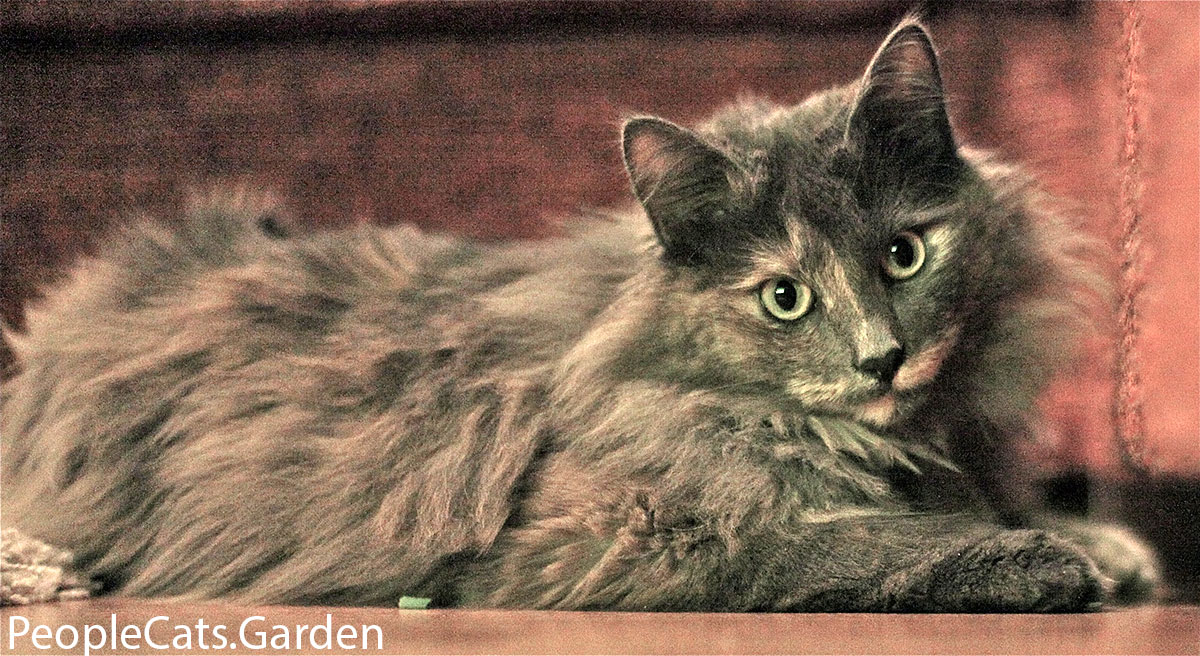
Do Norwegian Forest Cats make good house cats?
Yes! They are affectionate and independent, not always sleeping on your lap but enjoying brief cuddles. The Norwegian Forest Cat loves being part of family life, showing curiosity, playfulness, and a calm nature. They're perfect for families with kids. These cats mature slowly, reaching full size at around 5 years old. While playful, they're not super active. A cat tree by a window lets them happily watch the outdoors, observing squirrels, birds, and deer
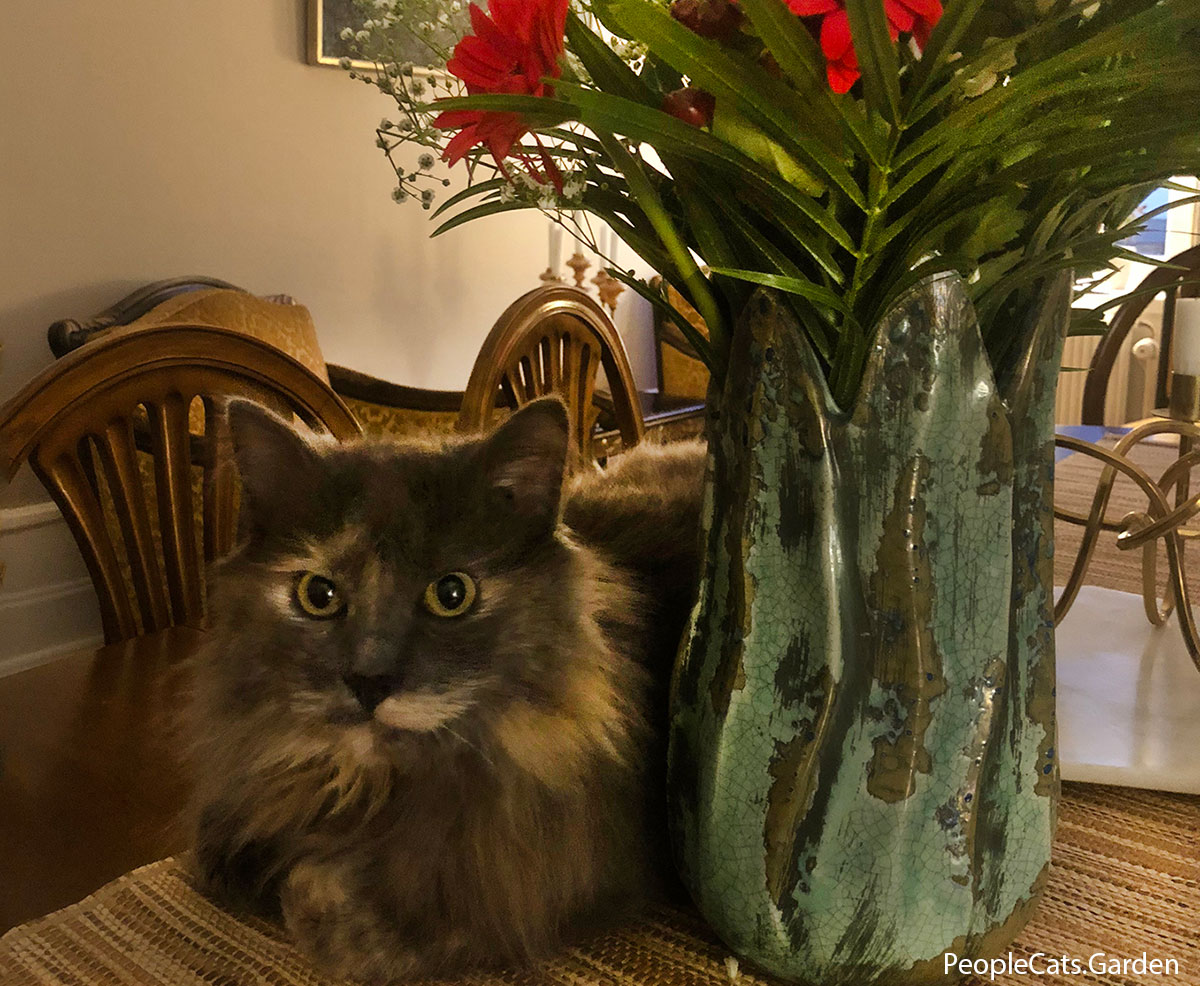
What Makes the External Beauty of Norwegian Forest Cats Stand Out?
Are Norwegian Forest Cats adapted for cold, wet weather? Absolutely! They have double coats that are waterproof and keep them warm. These large domestic cats weigh around 13-22 lbs, with distinctive tufted ears and toes. The breed standard describes a long, coarse, water-resistant outer coat, forming a ruff, collar, britches, and a bushy tail, with tufting between the toes. Their coats come in various colors and patterns. To manage their thick fur, regular brushing is a must, especially during the spring molting season when shedding is heavier. Do these cats like snow? Yes! They genetically enjoy it and love walking and playing in it, even though they can tolerate higher temperatures too.
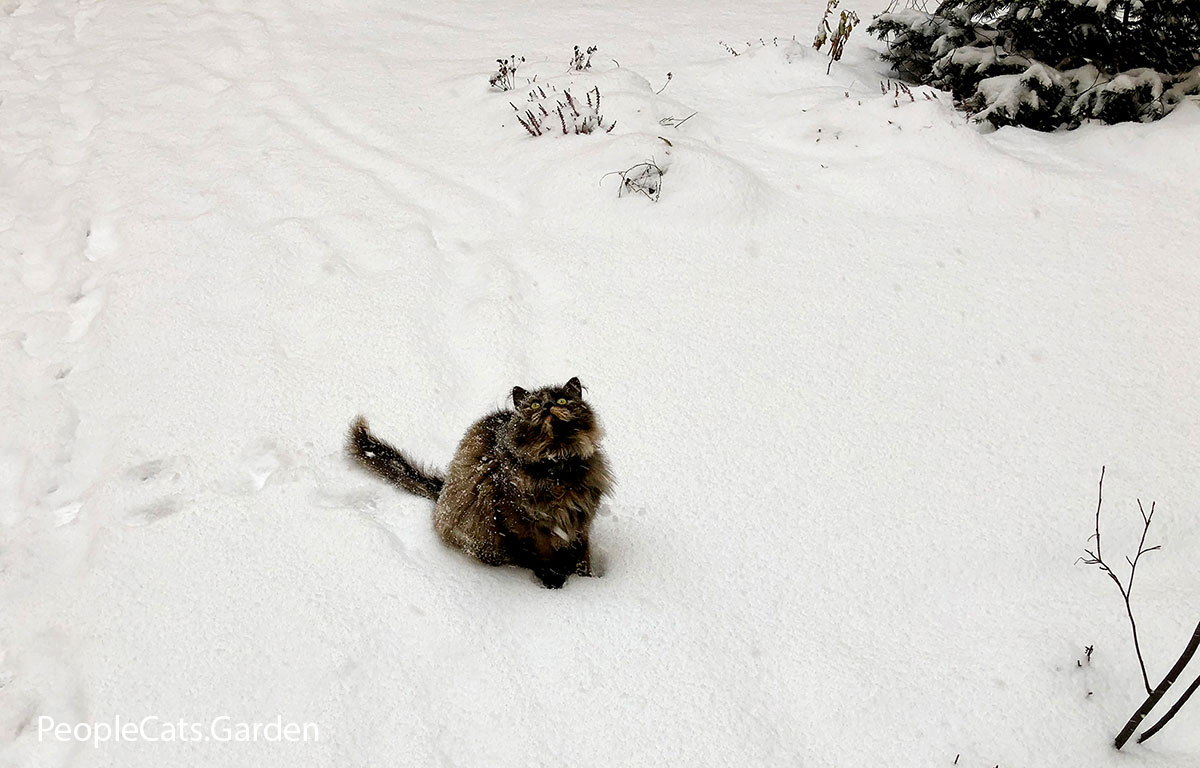
Why is the Norwegian Forest Cat the Mystic Cat of Fairy Tales?
What role does this breed play in Scandinavian folklore? It's significant! Norse mythology describes them as so large that even the Gods couldn't lift them. These cats are featured in tales of strength and mystique. Freya, the goddess of love and beauty, loved skogkatts. They were often pictured pulling her chariot. Farmers believed that making offerings to please Freya would bring a bountiful harvest. Since Freya was also the goddess of love, people believed that girls who loved cats had a better chance of having a happy, successful marriage.
Are there other myths about Norwegian Forest Cats? Yes! Some describe them as mountain-dwelling felines with super strong claws and climbing skills. They're said to descend from trees upside down, a unique trait among cat breeds.
What's Skogkatt's favorite flower in their homeland?
Viking Poms, small yellow daisies. But in more southern regions, Daisy Trees (Montanoa) serve as substitutes, reminding them of their distant Northern homeland.
Montanoa atriplicifolia - Tree Chrysanthemum, Tree Daisy - one of the most impressive winter bloomers.
Meet Lisa, a true Norwegian Forest cat, born and living in Stockholm, Sweden:
